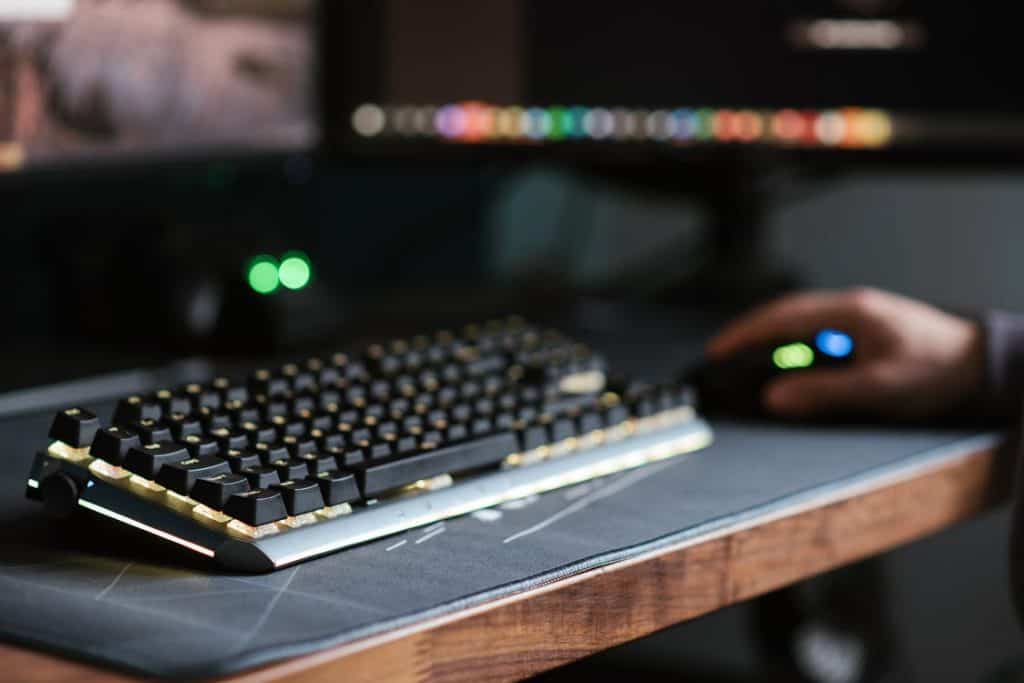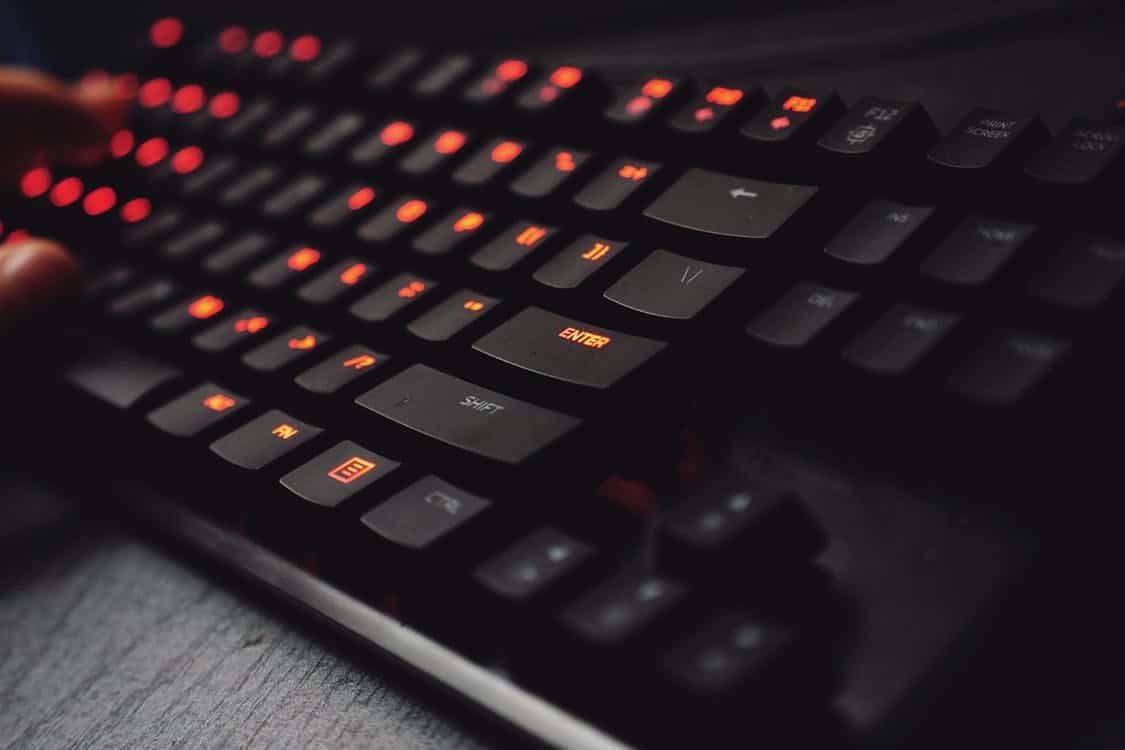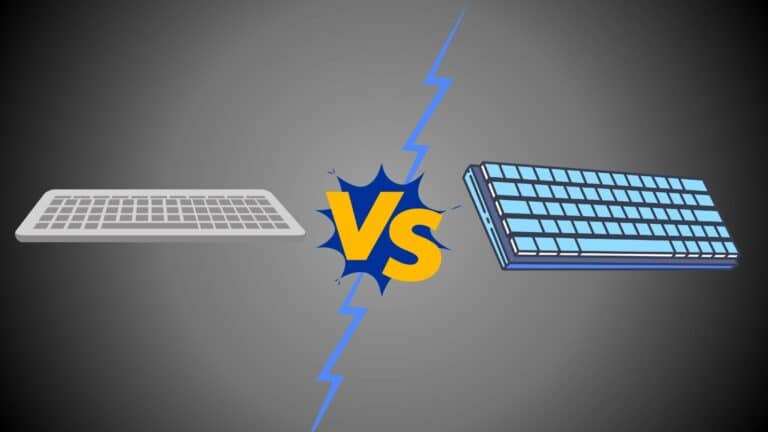Everything related to your workstation and workspace should be ergonomically correct for maximum benefits and effects. And one of the most important things in this ecosystem is using keyboards correctly.
You must have seen people using flat keyboards while many other users prefer to use angled keyboards. So, you must be wondering which one is better and what are their individual pros and cons.
Differences Between Flat and Angled Keyboards


The difference is the level of inclination or angle between the desk and the keyboard. Most keyboards have adjustable feet to make a keyboard flat or inclined as per the user’s convenience.
There are keyboard holders available in the market that can transform your flat keyboard into an angled one.
So, it is basically not just about 2 different types of keyboards but the placement of the keyboard which makes the whole difference.
Flat Keyboards
Flat keyboards are characterized by their flat surface and slim design, featuring low-profile keycaps. These keyboards are typically preferred in situations where the chair height is higher. This ensures that when you sit down, your wrists can maintain a neutral position.
Many ergonomic keyboards with lower profiles follow flat design patterns, and they look very elegant. They are recommended for users who routinely use them for official purposes, and they work at a relaxed pace.
Pros & Cons
- Sleek and stylish design
- Lightweight and portable
- Low profile, hence less stress on fingers and wrist
- There is no need for an additional armrest in most cases, as they are conveniently comfortable for wrists
- Due to their thin design, they are not considered durable
- Costs more, as low-profile keyboard switches are expensive
- Reduced productivity due to low-profile switches. The key needs to be bottomed out to register the keypress, which can lead to reduced productivity
Angled Keyboards

These are sometimes also known as raised keyboards, as they are raised towards one of their edges which makes the keyboard slightly inclined or angled.
In some keyboards, you will also find a way to adjust at 2 or 3 different angles, like 3-degree, 6-degree, or 9-degree. In these types of keyboards, you will find that different key rows are raised at different heights to make them more convenient to use and to make them comfortable for the wrist and the fingers.
The keyboards are designed in a thicker frame, and hence these are more durable but heavier in weight as compared to flat keyboards. The prices are very commonly available everywhere, and they are very pocket-friendly compared to flatly designed keyboards.
Pros & Cons
- Durable
- More stable due to higher weight
- The inclination angle can be adjustable
- It is less strenuous, as high-profile keys do not need to be bottomed out
- Easy to maintain, as high-profile keys are better to replace
- Less portable
- Might need additional wrist rest for better comfort
Which one is better, Flat or Angled Keyboard?
Let’s look at each one of them on certain defining factors:
- Wrist Position: In a low-profile flat keyboard, the wrist is in a more natural state, while in a positively angled keyboard you will have to bend your wrists to access the keys. The wrist will be in a more comfortable state on a negatively angled keyboard.
- Size and Portability: Flat keyboards are thin and more portable than angled keyboards.
- For Gaming: Inclined or positively angled keyboards are considered better for gaming, as there are fewer keys that are frequently used, and the switches register keypress without bottoming out, hence faster to use.
- For Typing: Flat keyboards and negatively angled keyboards are considered best for the purpose of typing.
- Price: Flat keyboards are more expensive than angled keyboards, generally.
Conclusion
There is no definite answer to which one will be better, it all depends on individual preference, behavior, and habit. I would say flat keyboards are less risky if you are feeling any sort of pain in your wrist while typing.
Angled keyboards offer more variety and customization and if you are feeling any sort of pain, you can get a wrist rest, at least angled keyboards are my personal preference. I bought the Keychron Q1 and I knew it’s going to put pressure on my wrist so I got the palm rest with it and I can’t complain about the comfort.
All in all it’s all about your personal preference.
Few years back I started to work from home, I needed a keyboard, I researched mechanical keyboard from A to Z. After that I needed a monitor, after that I needed a mouse, after that I needed desk, chair and other accessories. I did so much research and I figured this can't all go to waste and I started writing about what I know. Keyboards, Monitors, Mouses and other accessories. You can also at WolfofTablet where I cover a lot of stuff about iPads and Android Tablets. In the free time I like to play PS5 and iOS games.

